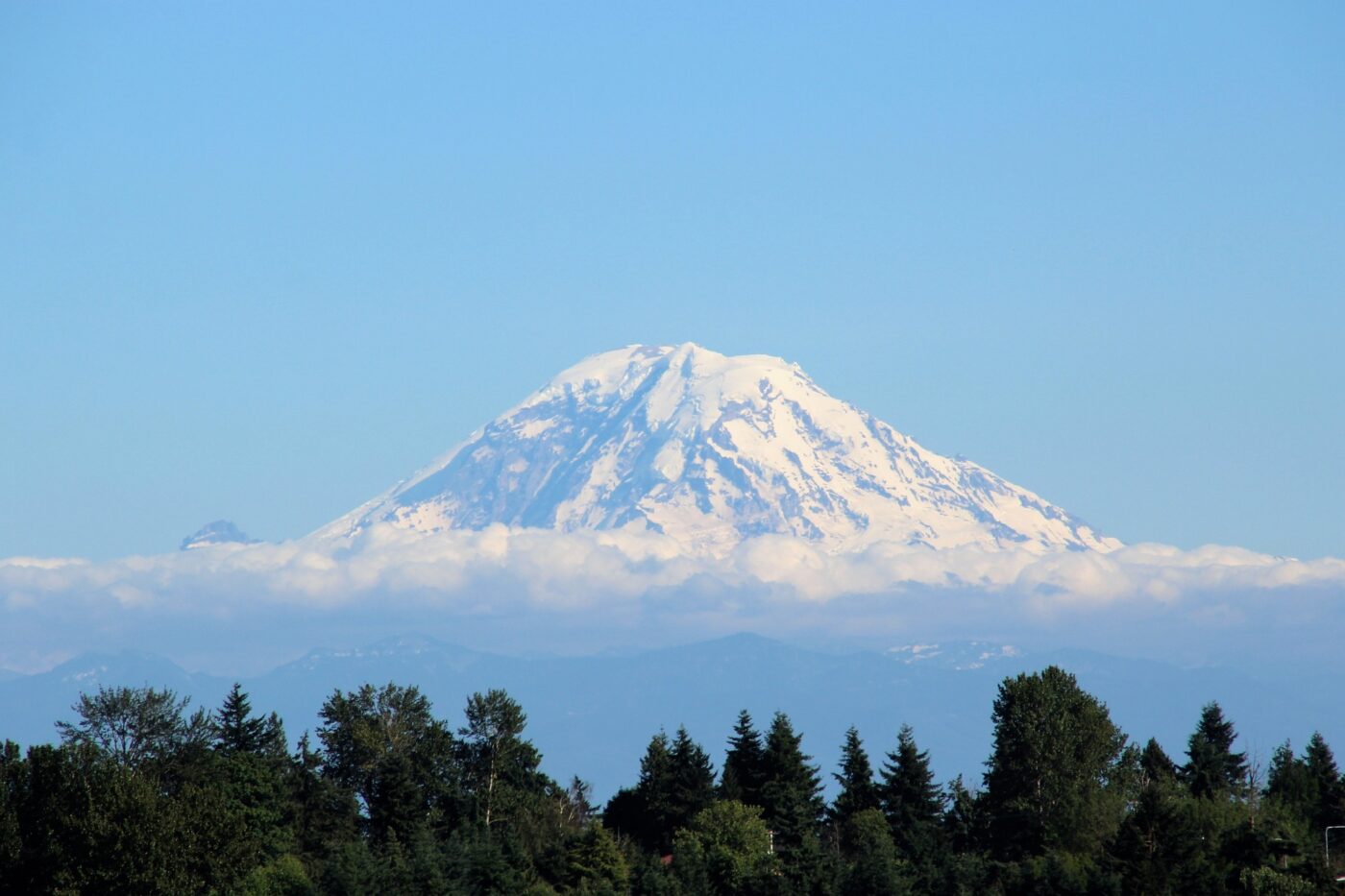The CLOSING date for abstract submission is March 8th
This year’s PNW-SETAC conference will focus on a theme that builds on a familiar notion: as knowledge accretes over time, what do we learn and how does that inform future research, best practices, and ways of conceptualizing our work? Importantly, how does the perspective of the scientist and their contextual experience, affect how they go about doing their science and interpreting results? Western thought is driven by the notion of the “rational” human, a notion written into both legal and economic frameworks. How do we address bias in our work?
As we ponder these issues, the conference organizers are also looking at a full range of contaminants of emerging concern- is there something that you know about that we don’t and what are considerations we should consider across time and space? When and where are critical questions and if there is insufficient bandwidth to do our work everywhere, how do we go about geographic targeting? We know from our work with the Puget Sound Ecosystem Monitoring Program that despite our many efforts, some legacy pollutants like PCBs are stubborn and still appear as “the snow dance of the krill,” as TBios researchers so aptly described.
Presentations will align with the following thematic components, to create a form of pattern recognition.
- Before and After: case studies surrounding before and after impact analyses can be helpful in the mitigation and management of sites in which an impact has occurred or may in the future. We live in an area that is readily undergoing both natural and anthropogenic changes. What site-specific projects have you recently completed or are in the process of executing in which change has occurred (for better or for worse)?
- Temporal and Spatial Monitoring: the Pacific Northwest region is home to both small- and large-scale environmental monitoring programs, some of which have been in continuation for decades. Where do we currently stand in the process of managing legacy pollutants, emerging contaminants, cleanup sites, and remediation projects? What is in the development of future monitoring programs at the local, state, and federal levels?
- Cause and Effect: laboratory and in situ studies that measure responses to hazard mechanisms (be they individual chemicals, compounds, or complex mixtures) are vital to our understanding of how to best manage legacy pollutants and/or prevent emerging contaminants from creating additional environmental damage. We know about PFAS/PFOS, 6PPDq, but what updates can be provided about these toxicants and their effects? Are there new environmental contaminants you have been evaluating that are entirely new to the conversation?
- Perspectives: as scientists, we bring our perspectives, histories, experiences, and interests to current and ongoing research within our fields. How we communicate and engage with our colleagues and the community at large is vital to creating change and growth both now and in the future. We want to hear from those new to their fields as well as those nearing the peak or end of their careers. How do we overcome the hurdle of scientific biases and suspicion, and how do we communicate our uncertainties? What projects have you been or are being involved with that combine different viewpoints from multiple stakeholders (such as agencies, the public, tribal governments, private institutions, etc.) in such a way as to elicit a positive response?
We are using Survey Monkey as a form and will be closely tracking submissions. If you have any questions about your submission or the form itself, please contact Julie Layshock from our Board at [email protected].



